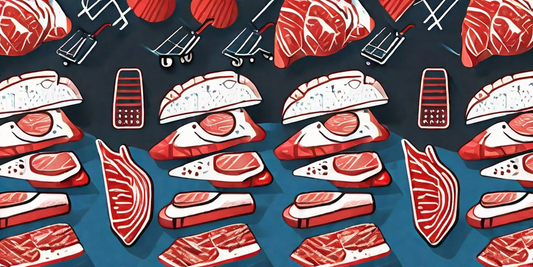Many people tend to think that bison and buffalo are the same, and have thought that way for centuries. Even the earliest European settlers who came to the U.S., way back in the 1600s, used the words bison and buffalo interchangeably. So, are bison and buffalo the same? We are going to answer this question and provide some more insight into these two mammals.
Are Bison and Buffalo the Same?
Let’s get right down to it. While they both belong to the Bovidae family, they are not the same and more like cousins. The terms bison and buffalo are often used synonymously; however, buffalo and bison are distinct animals. Old World “true” buffalo (Cape buffalo and water buffalo) are native to Africa and Asia. Bison are found in North America and Europe.
How did the names get so mixed up? Historians believe that early European explorers are to blame, though the details are a bit murky. According to the National Park Service, it’s possible it stemmed from the French word boeuf, meaning beef. Others argue that bison hides resembled buff coats commonly worn by military men at the time, inspiring the name. Whatever the case, the misnomer stuck (Smithsonian’s National Zoo).
What are the Differences Between Bison and Buffalo?
Since we now know that bison and buffalo are not the same, you likely are wondering what makes them different.
- Head Size: While both bison and buffalo have heads that are on the larger side, if your compare the two, you’ll notice that bison have much larger heads than buffalo. This allows bison to use their heads as weapons when they want to. They can utilize their heads to fight off predators and to stake their claim to female bison when competing with other male bison.
- Shoulder Humps: Bison also have large humps on their shoulders that are covered with very thick fur. You won’t see these same bumps on buffalo.
- Beards: Bison have a beards and buffalo do not.
- Weight: Bison typically weigh significantly more than buffalo do. Generally speaking, bison can be as heavy as 2,000 pounds, while the average buffalo weigh somewhere between 1,200 and 1,500 pounds.
- Horns: Cape buffalo horns resemble a handlebar mustache; they have a thick, helmet-like base and curl down, then back up. A water buffalo’s horns are large, long and curved in a crescent, while a bison’s horns are typically sharp and shorter than the average buffalo’s.
What Does Bison Meat Taste Like?
Because bison are native to the United States, if you are going to have bison or buffalo here, it will likely be bison.
Bison meat is relatively tender and thought to be sweeter and richer in flavor than beef. Bison, while similar to beef, usually is less greasy. Bison is not thought to be gamey.
Bison meat has fewer calories, way less fat, and more protein than ground beef. It's also rich in iron, zinc, vitamin B12, omega 3-fats, and the antioxidant selenium.
Looking to Add Bison Meat to Your Diet?
If you would like to give bison a try, or already know you love this lean sweet tasting meat, Five Star Sausages has bison sausage options for you.
Five Star Sausage is proud to offer premium sausage, meat, pickle, and cheese products to our customers. We are committed to providing cruelty-free meat. That is why we source our meat products from cruelty-free farms that focus on sustainable and humane farming practices.
We strongly adhere to a “farm to table” philosophy, because we really believe that you are what you eat. This dedication to positive and humane meat farming practices is what gives our products their excellent taste and rich, strong flavor. You can taste our commitment to quality in every single bite. Ready to check us out?




